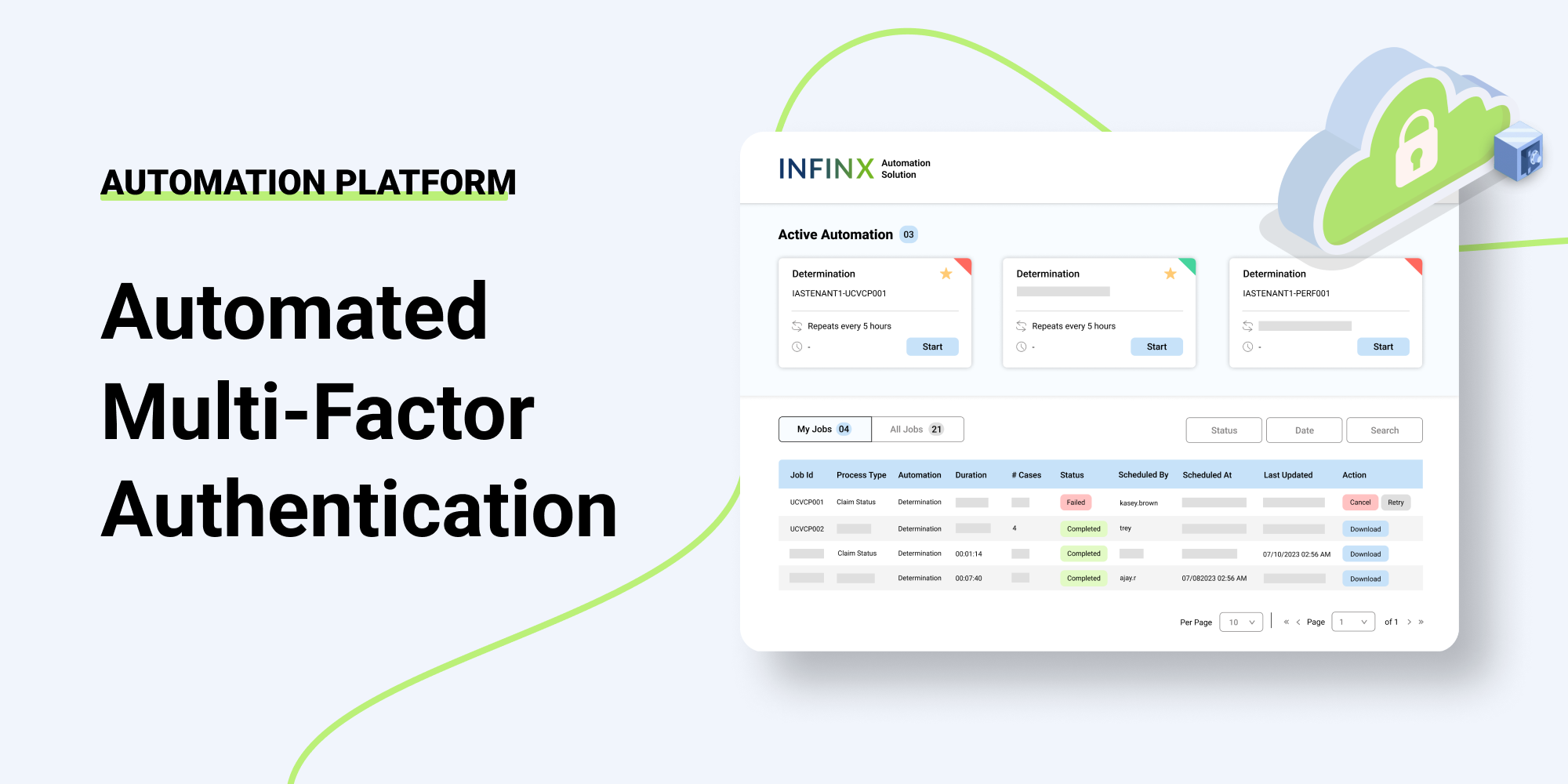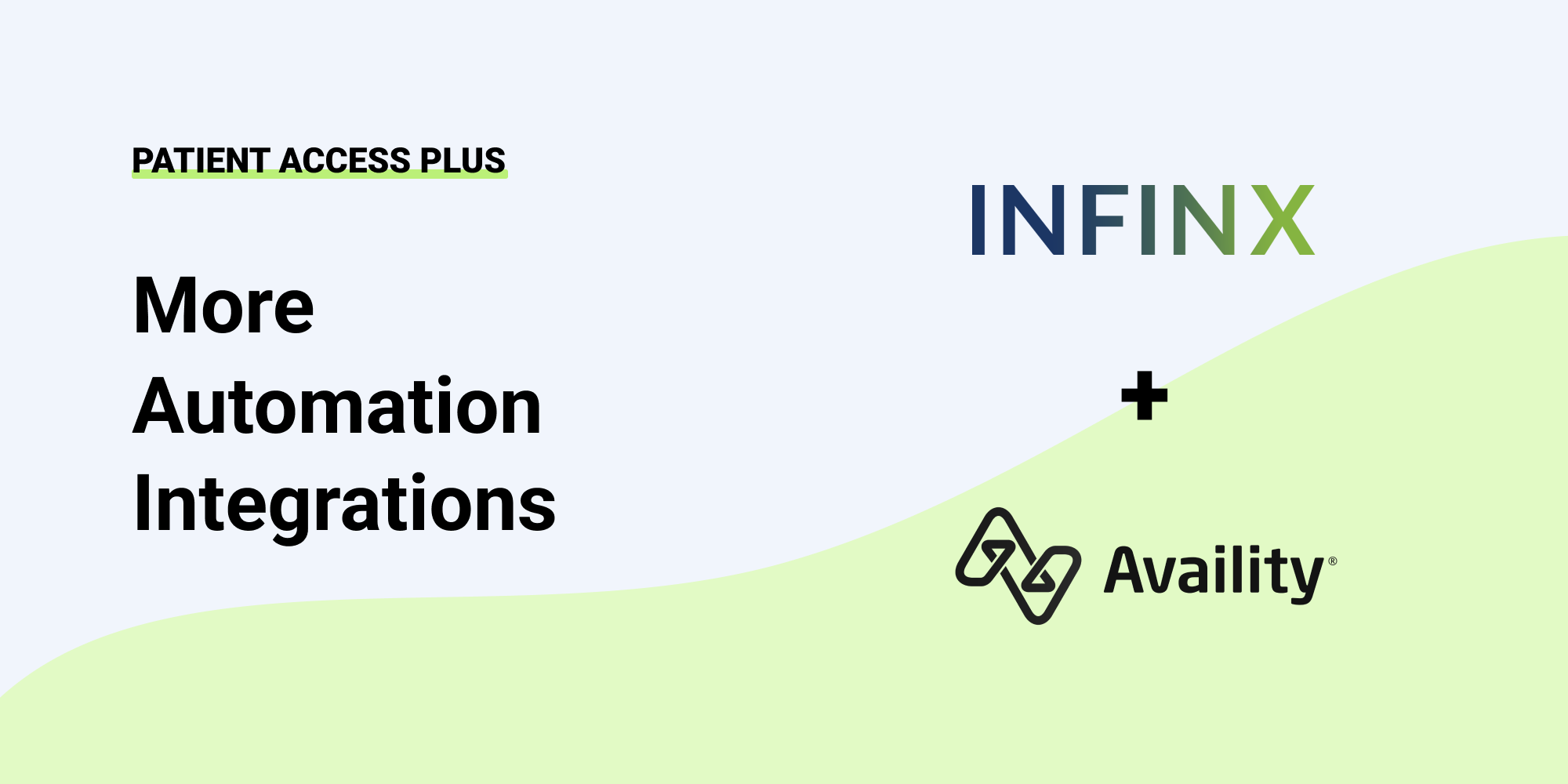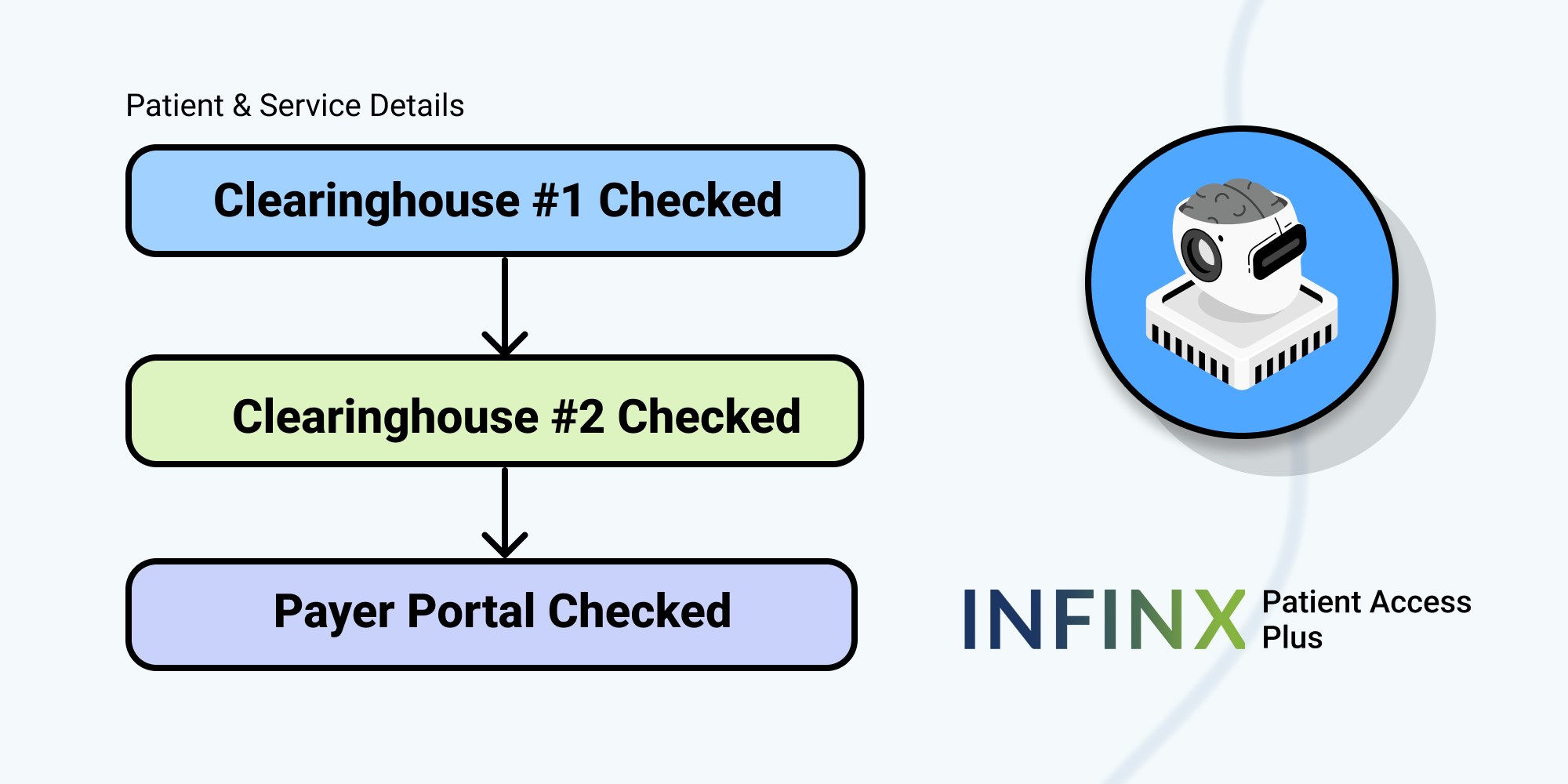In today’s world, collecting payments needs to be as streamlined as possible. However, many medical firms are still using antiquated methods, including having the patient speak to an actual staff member. This method can be costly, as you have to hire people to answer the phone. Not only that, but the limited number of hours you have to accept payments can increase delayed payments.
One solution is interactive voice response (IVR), which uses an automated phone system that allows users to perform different tasks without directly speaking with staff member. Some IVRs use voice recognition, while others will use the phone’s keypad to navigate the patient through menus.
In this post, we will look at what IVR can do, what it cannot do, and which ideal solutions IVR has to offer.
How It Works For Patients
An IVR system for your firm eases the payment process for both patients and providers alike. For example, a patient could call and press 3 to make a payment, then say their information, such as name, date of birth, and payment information. With voice recognition, your firm could confirm the identity of the patient, making the payment secure while avoiding fraud.
With IVR, patient satisfaction can be improved while simultaneously saving money that would otherwise go towards hiring more staff to do these repetitive tasks. Some patients may only be able to pay during off-hours. While many firms have an online portal for payments, some patients may not use it. This sentiment applies further to older patients, who might be unfamiliar with digitized payment platforms.
IVRs can also provide patients with basic information and answer frequently asked questions. For example, if a patient wants to know their balance, an IVR can give it to them right away. If a patient is unsure of when they scheduled an appointment, they can get that information within minutes without having to wait for a phone operator to be available to look up their information.
IVR is also helpful for after-hour calls for patients who would like to get in touch with a live agent. Patients simply say their information aloud and can receive a call back during normally scheduled office hours or during a time window that works best for them. An IVR system can even create a schedule, letting the patient know what times live agents are available and which times they are not.
In addition, IVRs can also work as a way for a patient to update any payment or contact information. If they have a new address, new payment information, or want to update anything else, IVRs make changing this information simple. Many patients have a preference for not speaking to a live agent or using online payment portals to update their payment and contact information. IVRs give patients many different options for how to go about updating their information that have their accessibility concerns and convenience in mind.
IVRs can work with texting as well. Your patients can set up texting reminders to notify them if a payment has been processed or texts reminding them of an upcoming appointment. In addition, patients have the choice of turning text notifications on or off, as needed. Sometimes, a patient might want as little information texted to them as possible, while others prefer every update sent directly to their phone.
In short, IVRs can help carry the weight off your staff by taking common and monotonous tasks and automating them. It allows automated systems to collect data and file it under the correct systems.
With that said, an IVR is limited, and there are some things that it cannot do. While technology can improve these limitations in the future, there will always be a human need, which we will discuss in more detail in the next section.
What IVR Cannot Do
While IVR works well and can lighten your staff ’s workload, it’s not foolproof. AI and voice recognition technology are improving by the day, yet there are still many hurdles before reaching full automation potential.
Some people might have a special need, request, or payment method that your IVR system might not be programmed to handle. While an IVR is designed to tackle common problems, many exceptions exist.
Therefore, it is vital to have traditional customer service built into your workflow to support your automation integrations. IVR can reduce the call load, allowing your representatives to spend more time and care answering any questions your patients might have that IVR cannot answer. With an overloaded system, your patients will experience delayed wait times, representatives following a script, and having to jump through hoops to answer questions. IVR can greatly reduce this.
Also, removing the human element entirely is not something a patient wants. Often, they want to know they have another person on the line who can empathize with their situation and help them establish a payment plan that works well with their budget.
With an IVR, you want to be sure speaking with a representative is always an option for your patients, as long as they’re calling during customer service hours. Many IVRs make it so the customer or patient must jump through several hoops to reach a real person. You do not want your patients to feel frustrated whenever they make a call, so it is ideal to have an easy way to access a representative. On the other hand, encouraging patients to use the IVR for questions that it can answer is also ideal.
So, what’s the solution? Ideally, a balance of both human and technological intelligence to satisfy all of your patient’s needs.
A Hybrid System Is Key
A mixture of automated and human-centered payment systems is ideal when it comes to payment systems. A website or IVR that allows patients to set up recurring payments or make a payment can save you from having to collect this manually. This helps you earn more in the long run.
On the other hand, there are patient needs that AI simply cannot meet. In that case, having a team to answer any questions or concerns is vital for creating a payment system that works well for your patients and your company.
Healthcare is a complex domain, so while automation can optimize it, the human element will always be integral. For the foreseeable future, this system can save your medical center and your patients time and money while allowing satisfaction across the board.
Infinx is here to help you improve your patient access workflow. To learn how our solution can help improve patient payments, request a demo here.



